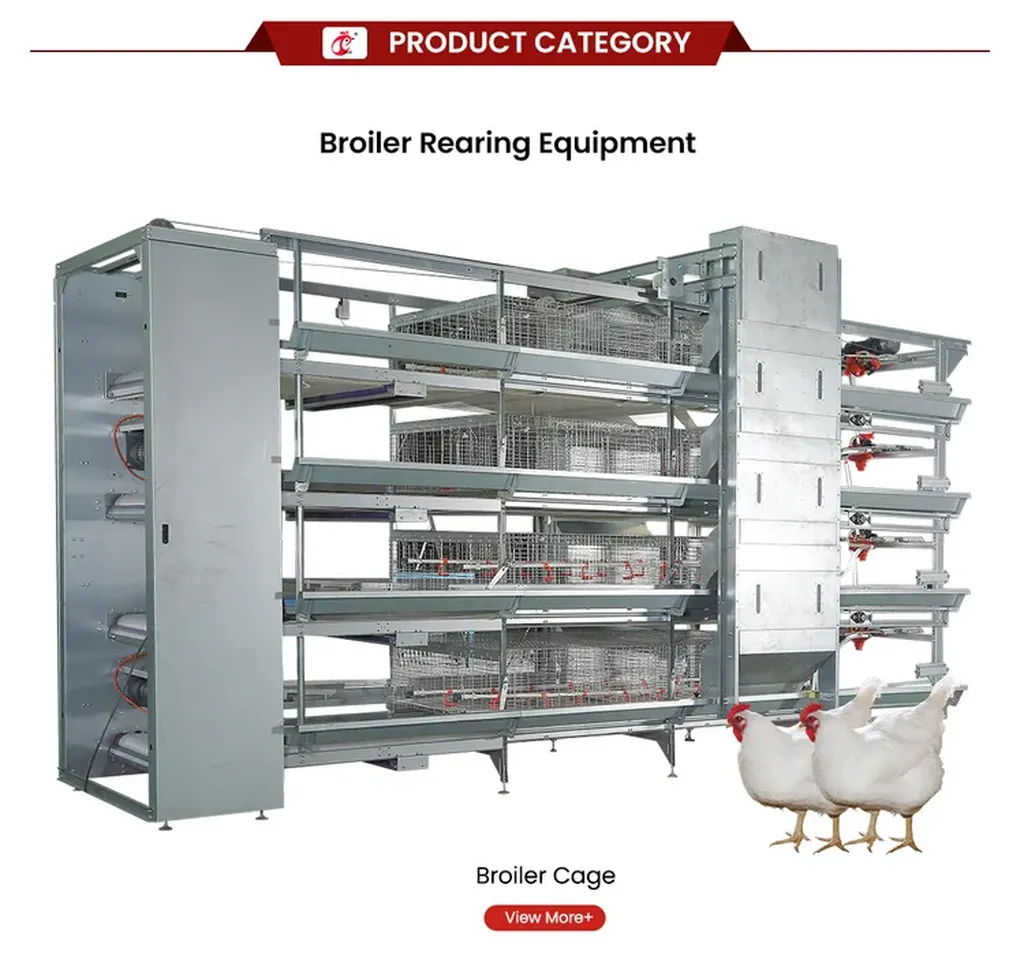In the high-stakes world of intensive broiler production, maintaining optimal environmental conditions is paramount. Rapid fluctuations in temperature, humidity, and wind speed can induce heat stress in flocks, directly impacting welfare and productivity. Enter a groundbreaking study led by Pengshen Zheng from the Key Laboratory of Smart Breeding in Tianjin, China, which introduces a novel approach to predicting apparent temperature (AT) in broiler houses. This research, published in the journal ‘Sensors’ (translated from the Chinese title ‘传感器’), promises to revolutionize climate control strategies, offering substantial benefits for the energy sector and broiler production alike.
The study focuses on developing a multi-step AT forecasting model using a hybrid SE-TCN–Transformer architecture, enhanced with Kalman filtering. This sophisticated model integrates multiple variables to provide a comprehensive thermal index, guiding predictive climate control. “By combining multi-variable feature integration, local–global temporal modeling, and dynamic smoothing, our model offers a precise and reliable tool for intelligent ventilation control and heat stress management,” explains Zheng.
The hybrid model leverages the strengths of several advanced technologies. The temporal convolutional network (TCN) with squeeze-and-excitation (SE) attention extracts short-term local trends, while the Transformer captures long-range dependencies. Kalman smoothing further refines the predictions by reducing noise, collectively improving the model’s robustness and accuracy. This innovative approach was trained on multi-source time-series data from a commercial broiler house and evaluated for 5, 15, and 30-minute horizons against benchmarks like LSTM, GRU, Autoformer, and Informer.
The results are impressive. The proposed model achieves substantially lower prediction errors and higher determination coefficients compared to existing models. This precision is crucial for optimizing broiler welfare and production performance. “Our findings provide both scientific insight into multi-step thermal environment prediction and practical guidance for optimizing broiler welfare and production performance,” Zheng adds.
The commercial implications of this research are significant. Accurate AT prediction enables more efficient and targeted climate control, reducing energy consumption and operational costs. In an industry where energy efficiency is increasingly critical, this model offers a valuable tool for optimizing ventilation systems and minimizing heat stress. As the demand for sustainable and efficient agricultural practices grows, such innovations are poised to shape the future of broiler production.
This research not only advances the scientific understanding of thermal environment prediction but also provides actionable insights for the energy sector. By integrating cutting-edge technologies and multi-variable data, the hybrid SE-TCN–Transformer model with Kalman filtering sets a new standard for intelligent climate control in broiler houses. As the agricultural industry continues to evolve, this model could become a cornerstone of modern, data-driven farming practices, ensuring the welfare of broiler flocks while maximizing productivity and energy efficiency.

